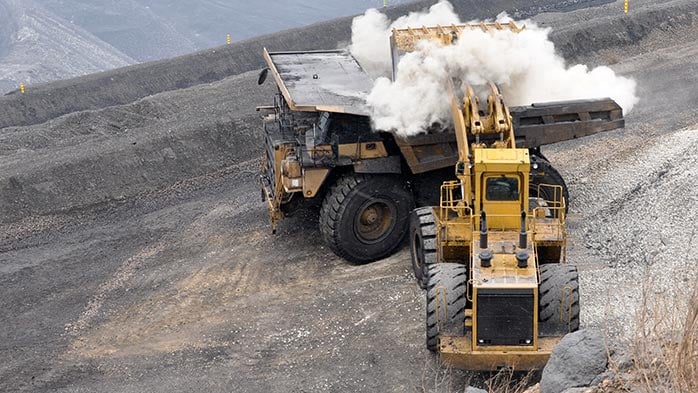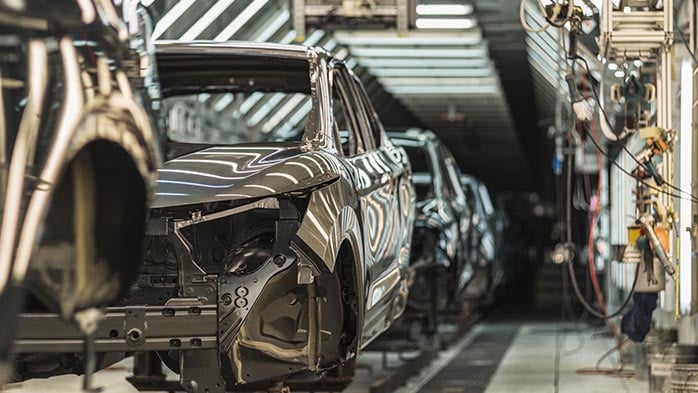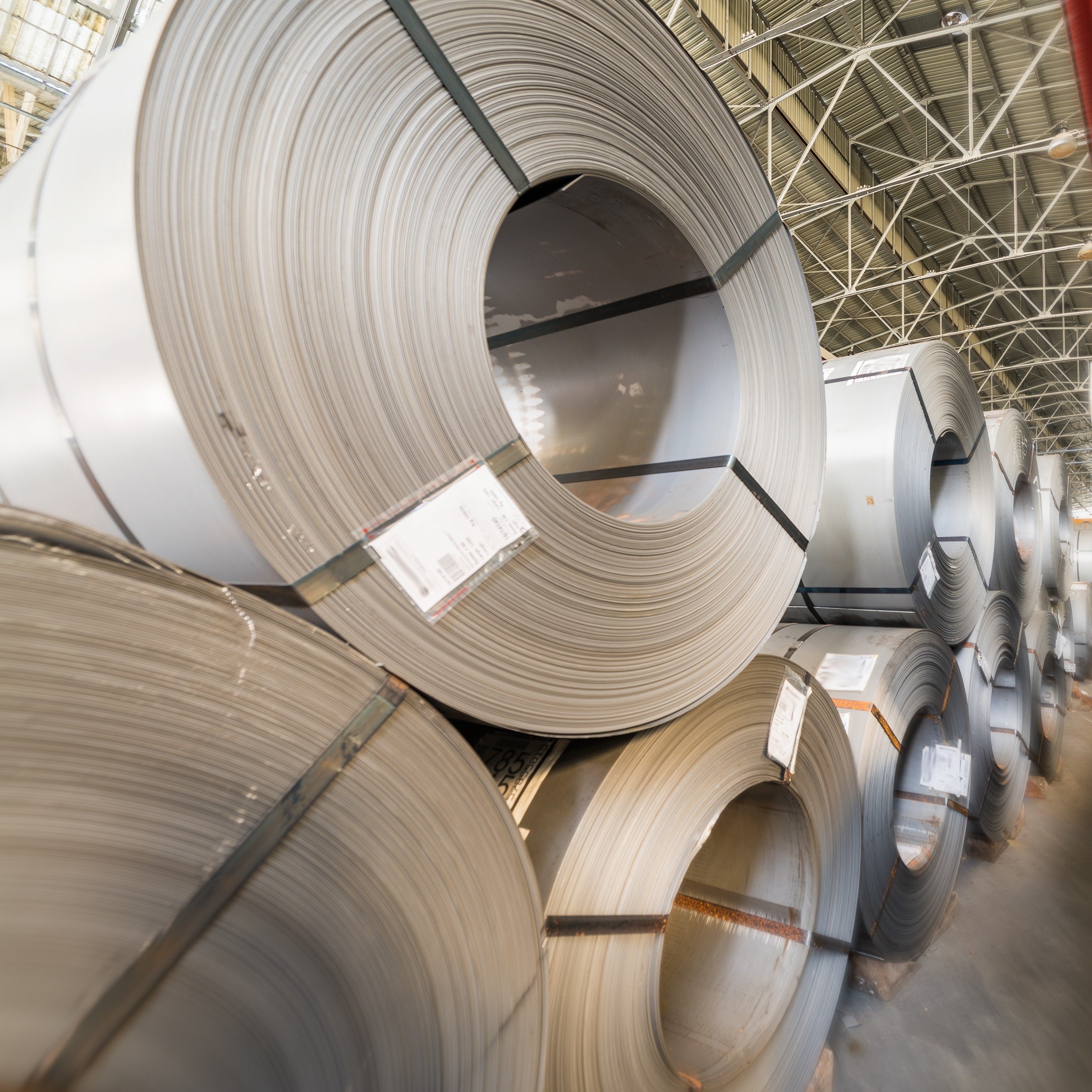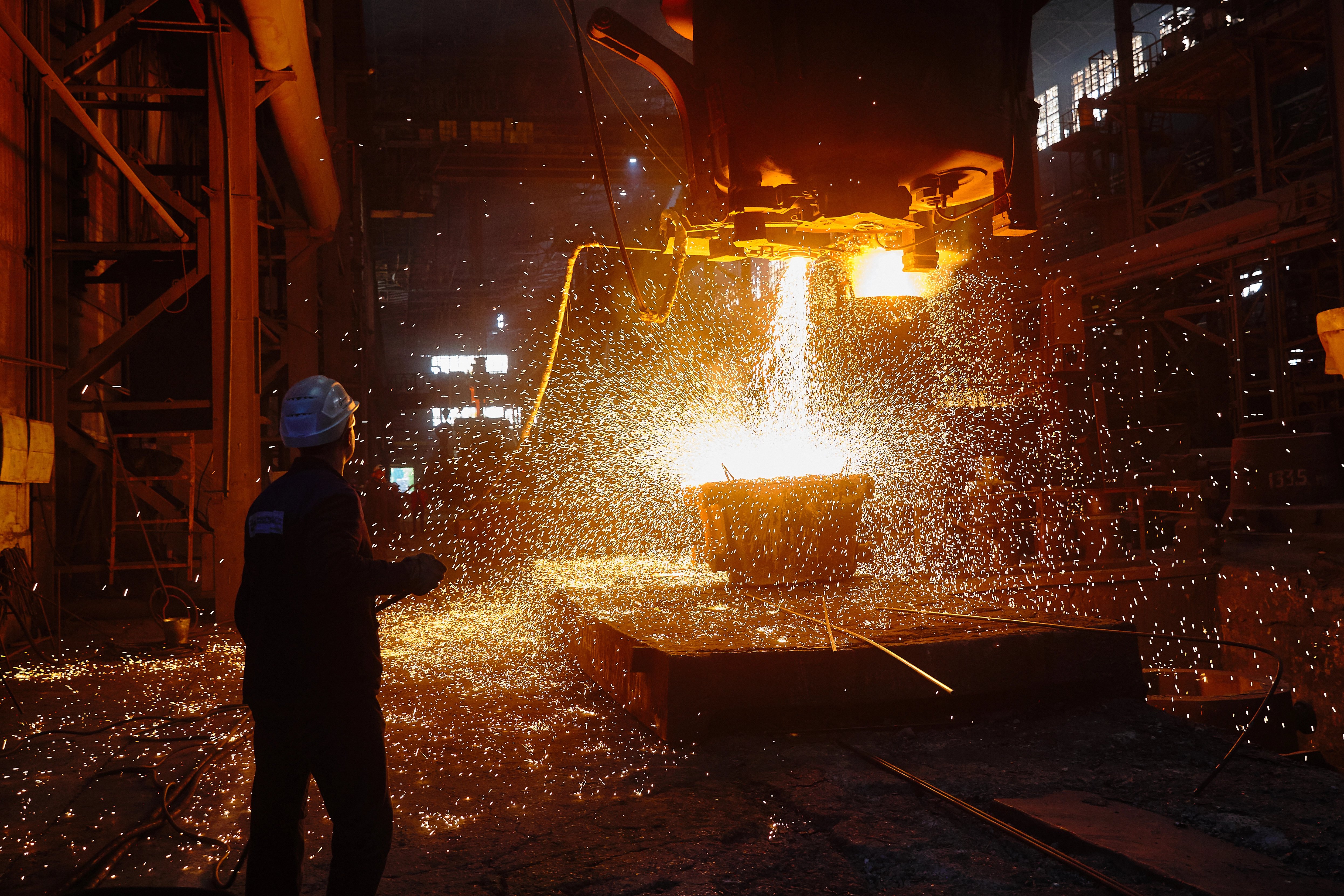The coming of the humanoid robots has long been prophesized in various sci-fi media. Now, the convergence of advanced AI, precision manufacturing and rising labour costs and shortages is creating conditions to incubate the next largest commodity demand driver for critical metals. Our analysis indicates that up to 100 million humanoid robots could be manufactured globally by 2040 and rapidly increasing to 400 million units by 2050, consuming metals at unprecedented rates and fundamentally reshaping competition for critical resources.
Defining the humanoid robot difference: Robots designed to interact with the environment as a human would
Humanoid robots represent a fundamental departure from existing automation technologies. Unlike industrial robots, which are fixed-position, single-purpose machines and existing service robots, which are task-designed, humanoid robots are designed to operate in human environments without modification. According to the International Federation of Robotics, these machines possess "human-like aesthetic appearance capable of performing tasks in an environment designed for humans without the need to adapt it."
This distinction matters significantly for commodity markets. While industrial robots are typically large, stationary units deployed in limited numbers, humanoid robots are designed for mass deployment across diverse applications. Current units typically weigh 50–90 kilograms, with lighter weight models starting to appear, and contain substantial metal content optimised for mobility and precision.
Humanoid robot deployment projections point to massive manufacturing scales
Our deployment projections are built on the analysis of global employment patterns. We evaluated over 830 US occupations using government labor statistics, applying five criteria to assess substitutability: physical repetition, cognitive simplicity, low emotional/social skill requirements, environmental structure and low safety/criticality of errors.
This analysis indicates that 39% of US occupations are potentially substitutable by humanoid robots. Extending this methodology globally using UN labor data reveals remarkably consistent patterns – 40.6% substitutability with a tight distribution of ±2.2% across 195 countries. The tight global distribution of job substitutability (40.6% ± 2.2%) demonstrates the universal nature of how human societies organise work, lending confidence to our global projections.
However, maximum substitutability differs from realistic adoption timing. We applied Human Development Index factors to account for the readiness of each society to adopt a humanoid workforce, including labor costs, education levels and infrastructure capability.
Our methodology produces deployment scenarios spanning realistic ranges while maintaining analytical rigor. We model three scenarios driven by combinations of technology cost curves and societal acceptance, with peak adoption occurring in 2040s to 2050s. Specifically, we modelled a conservative scenario with adoption peaking in 2050, a moderate scenario with adoption peaking in 2040 and an aggressive scenario where China adoption matches that of the US, removing HDI factors that limit China adoption rate. Moreover, the ramp-up of production is likely to occur in late 2030s and the pace of growth will pressure supply chains to keep up with demand.
Note that the reason for the peak and slow decline is the UN population estimates: human population is anticipated to decline over the next several decades. These scenarios show the humanoid robot deployed ‘fleet’. The annual manufacture of humanoid robots consists of building units towards the indicated fleet as well as the production of robots to replace the aging deployed fleet.
We are assuming an average of seven years (five to ten-year) life expectancy for humanoid robots. The annual production of humanoid robots in 2040 for our moderate scenario amounts to 100 M units, which quickly ramps up to 400 M units by 2050.
The specific timing matters less than understanding the scale of eventual deployment and its commodity implications.
Massive quantities of critical metals will be needed to enable the humanoid robot revolution
Component analysis reveals the material intensity per robot: aluminum comprises 17–25 kg (structural framework), copper accounts for 4–8 kg (actuators and wiring), battery metals total 4–8 kg (lithium, nickel, cobalt), and rare earth elements contribute 1–2 kg (motor magnets). Steel, plastics and other components round up the rest of the weight. When multiplied across hundreds of millions of units, these individual requirements translate into massive aggregate demand.
For perspective, our moderate scenario's peak annual production of 400 million robots in 2050 would require approximately 10 million tonnes of aluminum, 2.4 million tonnes of copper, and 1.6 million tonnes of battery metals – representing significant percentages of current (and anticipated) global production concentrated within a compressed deployment timeline.
Our analysis assumes current material compositions with modest efficiency improvements over time. While robots may become lighter through technological advancement, they remain constrained by the need to operate in human-built environments, limiting opportunities for radical material substitution.
Strategic implications are profound
The humanoid robot revolution extends beyond demand forecasting to fundamental questions about global competitive positioning and supply chain control. Three strategic implications emerge from our analysis.
First, supply chain security becomes critical as robot deployment scales. Our Battery Value Chain Service has documented Chinese dominance in EV supply chains, where, for example, China controls >70% of battery metals processing and battery cell production – in particular LFP-based ones. Humanoid robot deployment at scale creates similar strategic dependencies on Chinese-controlled supply chains for critical components. This dependency extends beyond rare earths to battery materials processing and precision manufacturing capabilities.
Second, there is the manufacturing control question. Our scenarios illustrate the stakes: China's domestic robot deployment could reach 50 million units by 2040 (moderate) or 200 million units (upside). However, if China also captures global robot manufacturing – as it did with EVs – the commodity implications multiply exponentially. The question of whether China becomes the 'robot factory of the world' has profound implications for global supply chains.
Third, geopolitical competition accelerates as technology leadership translates directly into resource security and competitive advantage. The United States missed early positioning in electric vehicle battery supply chains – a strategic oversight with lasting consequences. The humanoid robot revolution presents similar strategic choices with potentially greater implications given the broader economic applications.
Deep dives: The analysis continues
These implications raise critical questions that shape commodity demand forecasting. Our analysis of the humanoid robot revolution extends far beyond this initial assessment. The strategic implications require deeper examination across regional strategies, commodity-specific impacts and competitive dynamics.
Our upcoming analysis will focus on the competition between China and the US as we examine investment strategies, adoption policies and manufacturing capacity developments. The stage is being set for the next technological and manufacturing frontline with no global power able to afford falling behind. This is because humanoid robots will have profound implications for the economies that are leading this change: to give some perspective our moderate scenario anticipates estimates a $2 trillion market size by 2040 and $8 trillion market size by 2050 (assuming $20,000 cost per unit).
The technological and manufacturing frontline will resonate across the commodity space. Our upcoming analysis will also focus on commodity-specific insights will that detail supply response capabilities and market dynamics across lithium, copper, nickel, cobalt, rare earths, aluminum, steel, and battery supply chains.
The humanoid robot revolution is no longer the stuff of science fiction. We are nearing the point of technological knowhow to start deploying them in massive numbers. Understanding the dynamics behind humanoid robots now determines competitive positioning as markets evolve. The question is not whether humanoid robots will reshape commodity markets – they absolutely will – but how quickly transformation occurs and where supply chain control ultimately resides.
For organizations across the commodity value chain, from miners to manufacturers to investors, and across the policy makers and global powers, the strategic imperative is clear – the next commodity battleground is taking shape, and early positioning advantages compound over time.

















